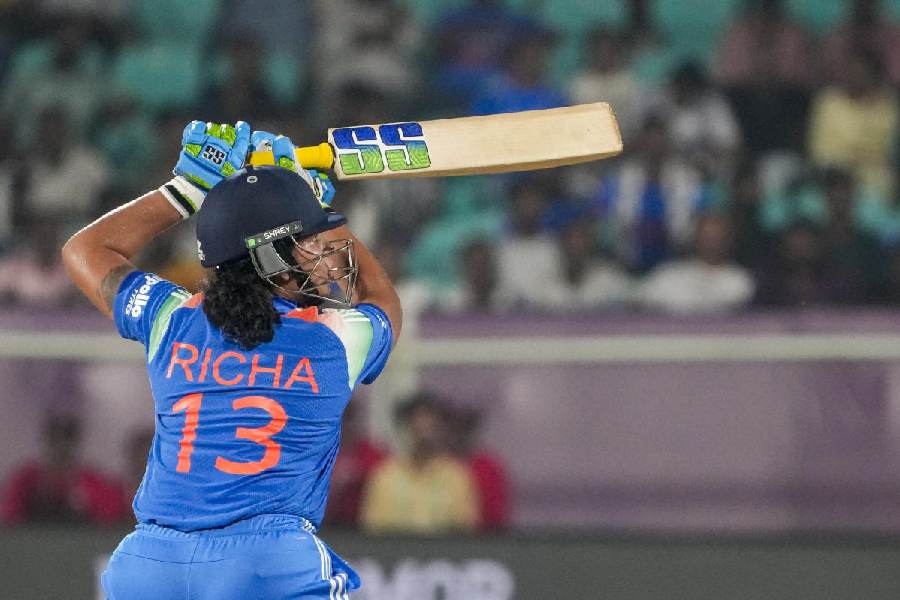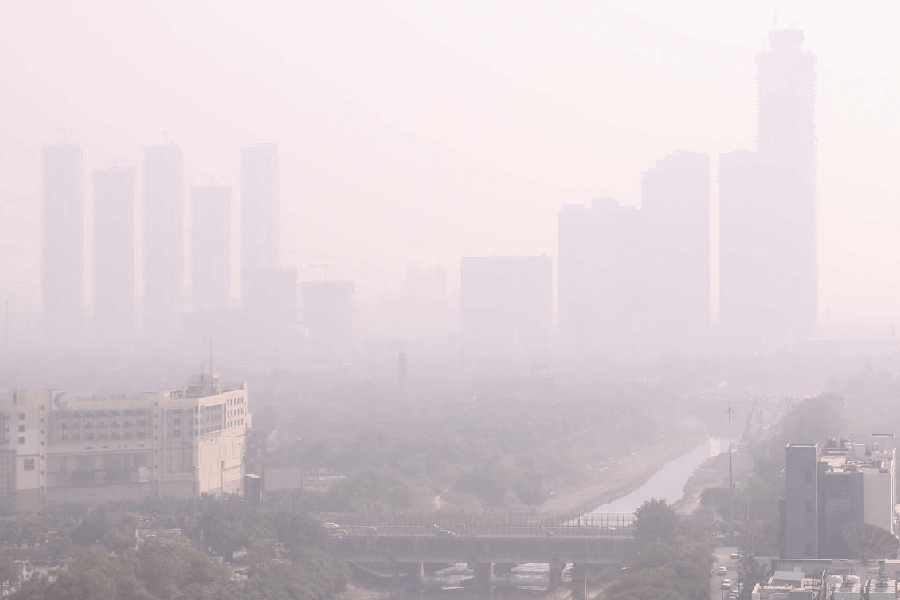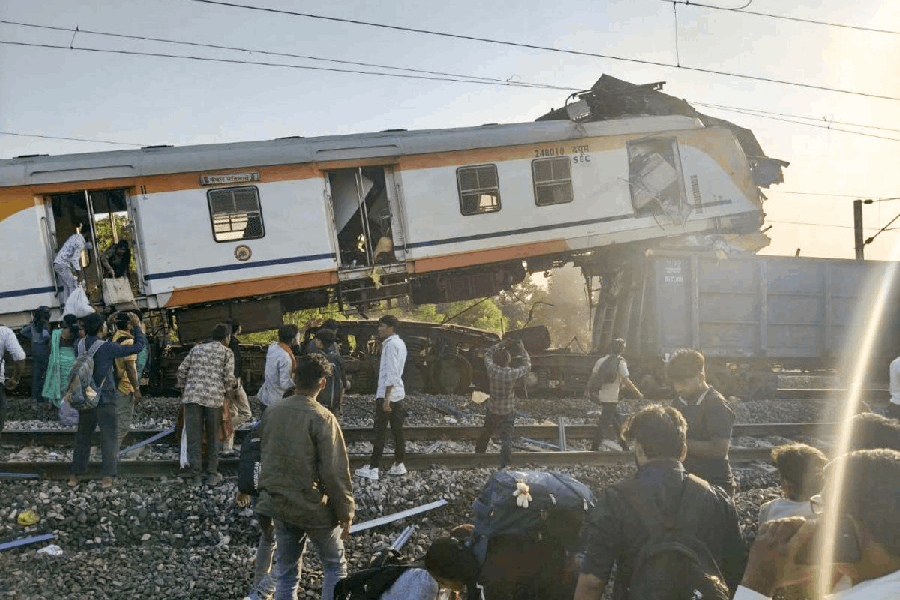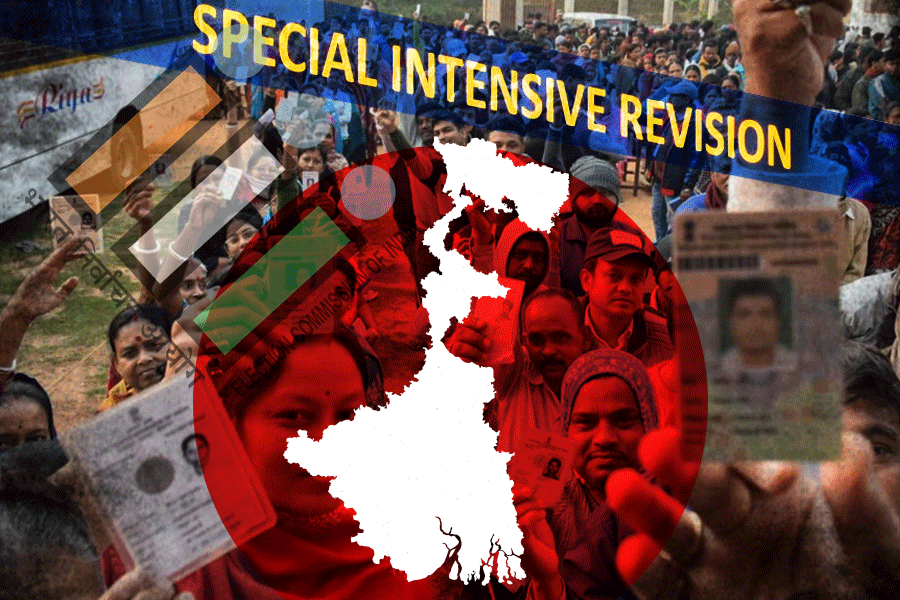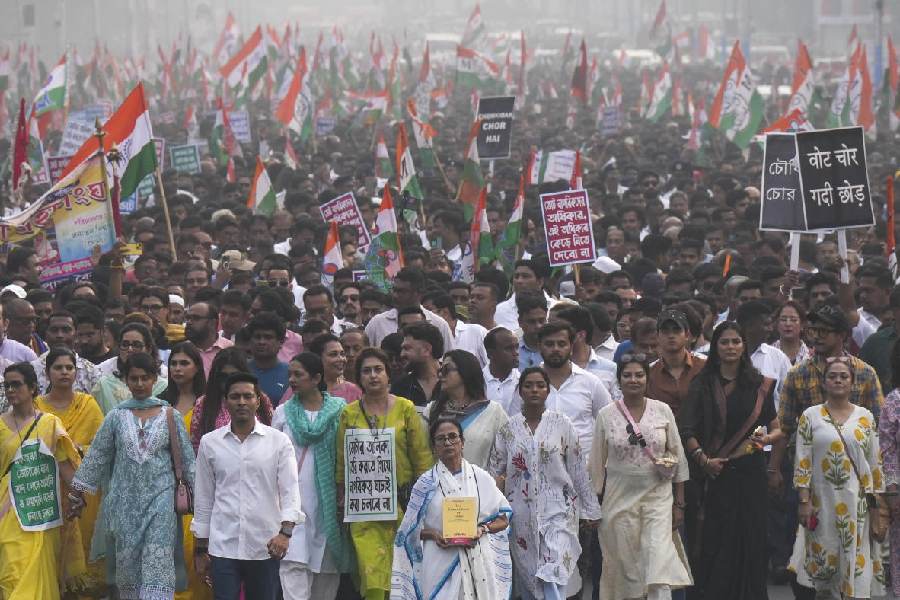 |
Bhubaneswar, July 19: The rain god showered his benevolence and the deity of Megheswar temple was nearly drowned in it.
Nearly 70millimetre (mm) of rain in just 24 hours, and the deity of the famous Megheswar temple on the Ravi Talkies-Sai Temple Road finds himself underwater, as water from the overflowing temple pond has seeped through the walls and entered right into the sanctum sanctorum.
The 12th century monument is under the care of the Archaeological Survey of India (ASI).
The entire temple premises are flooded. The reason is that the original drainage channel originating from the temple pond has been encroached upon by houses built in clear violation of the Ancient Monuments and Archaeological Sites and Remains Act, 1958.
The rainwater has no way out. The act prohibits construction of houses in such close proximity to a conserved monument.
“The Lord inside Megheswar temple gets submerged every time it rains. It’s a regular affair during monsoon or when there is a little more than 50mm rainfall in the city. However, neither the ASI nor the civic authorities seems interested in solving this problem for ever,” said Ashok Singh, councillor of ward No. 50 and a member of the temple trust.
Recently, the ASI authorities had cleaned the nearby temple pond, but during the renovation the drainage was not restructured, so that water from the pond seeps into the sanctum sanctorum.
It also affects the entire monument.
“The ASI should take up the drainage renovation with the civic authorities and the Odisha government,” Singh said.
The officials of the Bhubaneswar Municipal Corporation (BMC), however, said that though the temple was within urban limits, the drainage outlet was outside the corporation’s jurisdiction and fell within Basuaghai gram panchayat.
“The issue is serious and affects a monument of national interest, so this logic should not come in the way of building a proper drainage mechanism for the temple. If needed, the authorities should demolish a portion of the concrete structures blocking the flow of the drain originating from the temple pond,” said Singh.
ASI superintending archaeologist A.K. Patel said the responsibility was with the civic authorities and if they took remedial measures, ASI was ready to co-operate.
Chief secretary Bijay Kumar Patnaik had visited many historic monuments in the city on June 30 and asked the officials concerned to ensure that encroachments were removed with immediate effect.
He had also said drainage outlets should be cleared so that tourists did not have to wade through water to enter a temple or find any monument in a sorry state of affairs.
The Parsurameswar temple, a masterpiece in stone from the 7th Century, is also lying in neglect, as the road leading to the monument is waterlogged.
“The drainage from the temple can be channelled through a low-lying drainage outlet,” said Akshaya Beuria, a city-based conservation architect.
For a change, Vaital temple this year has not been waterlogged because a pumping mechanism was installed so that the excess rainwater can be pumped out to a nearby drain.
“The formula of a low-lying drain can also be tried out for the Vaital temple,” said Beuria.
Patel said: “Though pumping is showing some results, it is not a permanent solution. For that, we have to address the unplanned urbanisation around the temple. Twenty years ago there was no structure around it, but this has changed drastically.”
Ekamreswar temple, on the premises of Lingaraj police station, is also waterlogged because of a problem with its drainage system.


